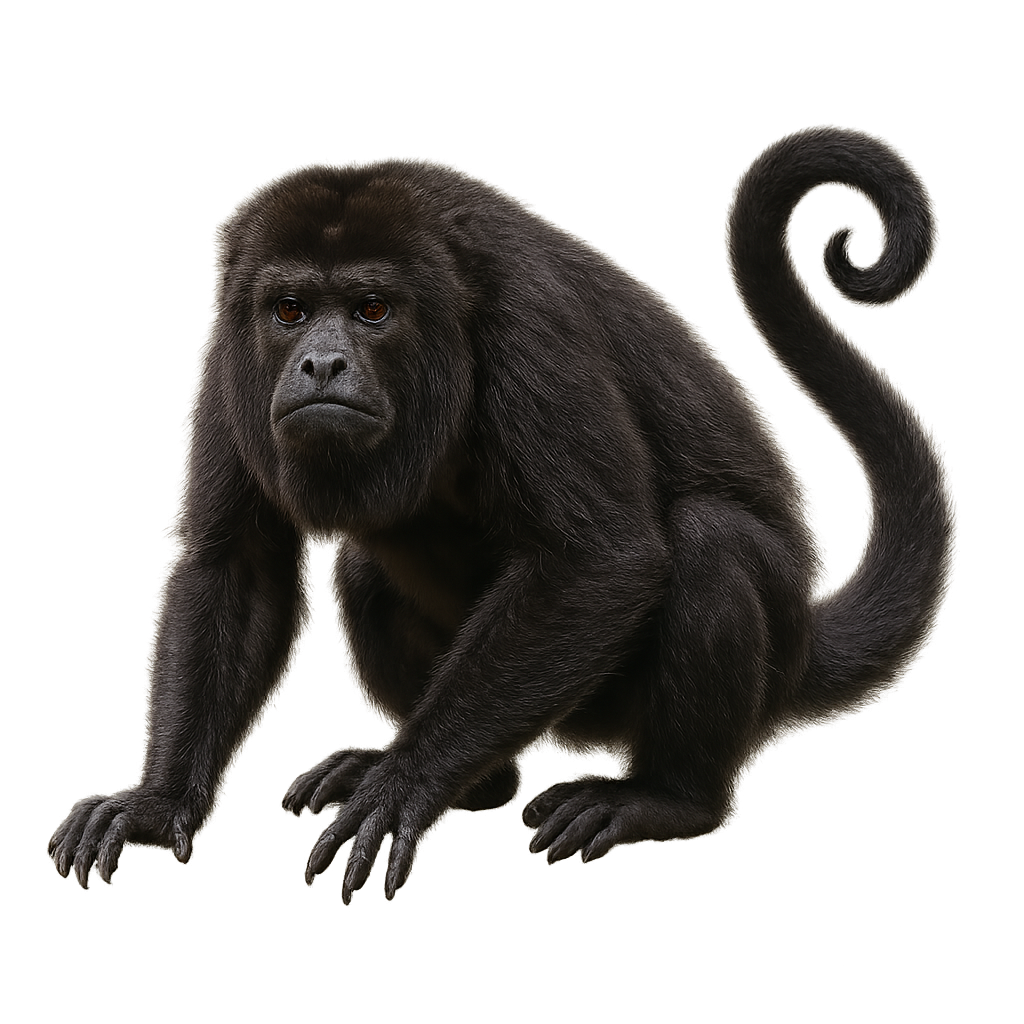Your wildlife photography guide.
Explore the howler monkey in detail, study its behavior, prepare your shots.
Where to observe and photograph the howler monkey in the wild
Learn where and when to spot the howler monkey in the wild, how to identify the species based on distinctive features, and what natural environments it inhabits. The WildlifePhotographer app offers tailored photography tips that reflect the howler monkey’s behavior, helping you capture better wildlife images. Explore the full species profile for key information including description, habitat, active periods, and approach techniques.
Howler monkey
Scientific name: Alouatta

IUCN Status: Least Concern
Family: ATELIDAE
Group: Mammals
Sensitivity to human approach: Suspicious
Minimum approach distance: 20 m
Rut period: August to October
Gestation: 180-194 jours
Births: March to May
Habitat:
Tropical forests, woodlands, and mountain forests, mainly in Central and South America
Activity period :
Primarily active during the day, with peak activity in the morning and late afternoon.
Identification and description:
The Howler Monkey is a medium-sized primate found primarily in the tropical forests of Central and South America, notably in Mexico, Central America, and parts of the Amazon rainforest. It typically measures about 40 to 70 cm in length, with a prehensile tail of 50 to 75 cm, and weighs between 7 and 10 kg. Its fur varies from black to brown, and it has a large throat and powerful jaw, which allow it to produce extremely loud sounds, used to demarcate territory and communicate with other members of its group. The Howler Monkey is primarily herbivorous, feeding on leaves, fruits, and flowers. It lives in social groups and is primarily active during the day, moving slowly from tree to tree. While its population remains relatively stable, this species is threatened by deforestation and hunting.
Recommended lens:
200 mm – adjust based on distance, desired framing (portrait or habitat), and approach conditions.
Photography tips:
To photograph howler monkeys, it's best to capture them in their natural environment using a telephoto lens. Try to take photos early in the morning or late in the afternoon for soft light. Their howls can be impressive, but make sure to remain discreet so as not to disturb their behavior.
The WildlifePhotographer App is coming soon!
Be the first to explore the best nature spots, track rutting seasons, log your observations, and observe more wildlife.
Already 1 449 wildlife lovers subscribed worldwide

